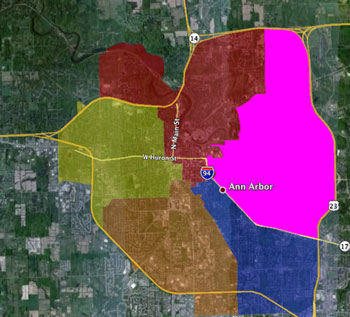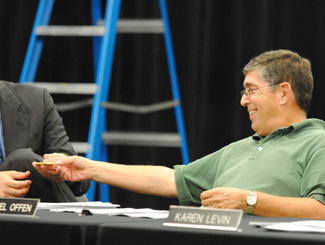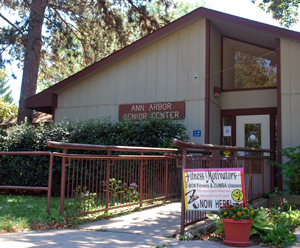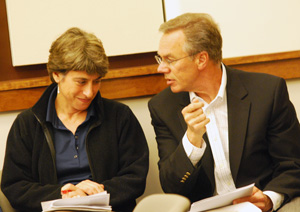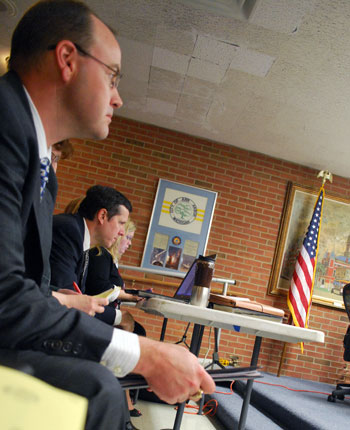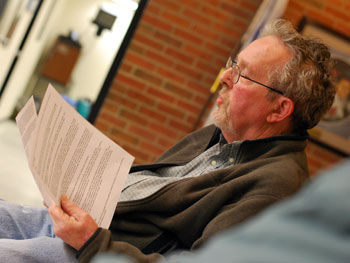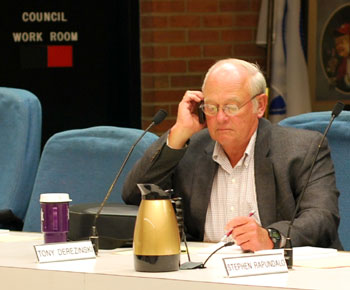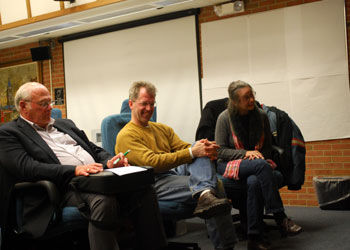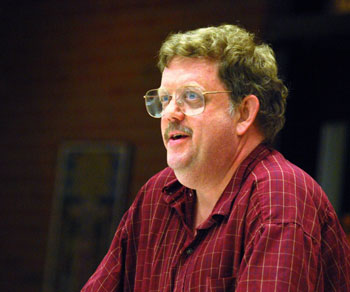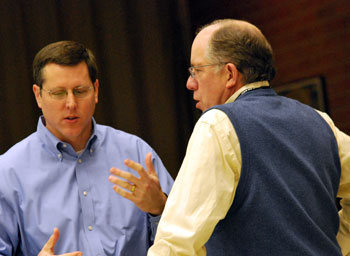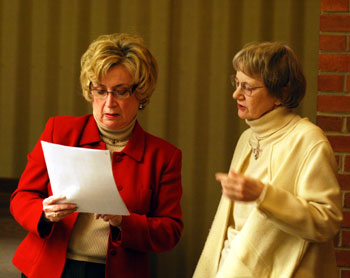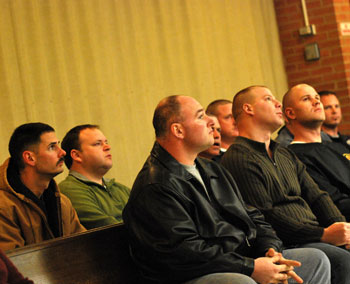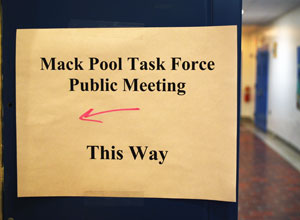Ann Arbor City Council Elections: Ward 2
On the last Monday in September, the League of Women Voters hosted a forum of candidates for Ann Arbor city council at Community Television Network studios. Ward 2 and Ward 5 are the only two wards where more than one candidate is on offer to voters on Nov. 2. The respective incumbents in Wards 1, 3 and 4 – Sandi Smith, Christopher Taylor, Margie Teall, who are all Democrats – are unopposed. The Ward 2 and Ward 5 forum was recorded and is available online through CTN’s video-on-demand service.
While the five candidates for the two wards participated in the same 45-minute forum, this report covers only responses to questions from Ward 2 candidates – incumbent Tony Derezinski, who is the Democratic Party nominee, and Emily Salvette, the nominee of the Libertarian Party. Responses from Ward 5 candidates Carsten Hohnke, John Floyd and Newcombe Clark are reported in a separate account.
As stipulated in the city charter, Ann Arbor wards divide the city into roughly pie-shaped wedges. Ward 2 is a wedge covering roughly the area between the 1 o’clock and 4 o’clock positions on the “city pie.” Each ward is represented on the city council in two council seats, one of which is up for election each year for a two-year term. Stephen Rapundalo serves in the Ward 2 seat that’s not up for election this year.
The four questions posed by the League were confined essentially to two topics: the budget and parks. Candidates uniformly identified the most important challenge facing the city as the budget, and that fit thematically with a specific question about the budget. The remaining two questions focused on specific parks: Huron Hills golf course, which is currently the subject of a request for proposals for private management; and Fuller Park, part of which is a proposed location for a new parking deck to be built primarily for the University of Michigan, and which has a possible future as a train station. [Full Story]




